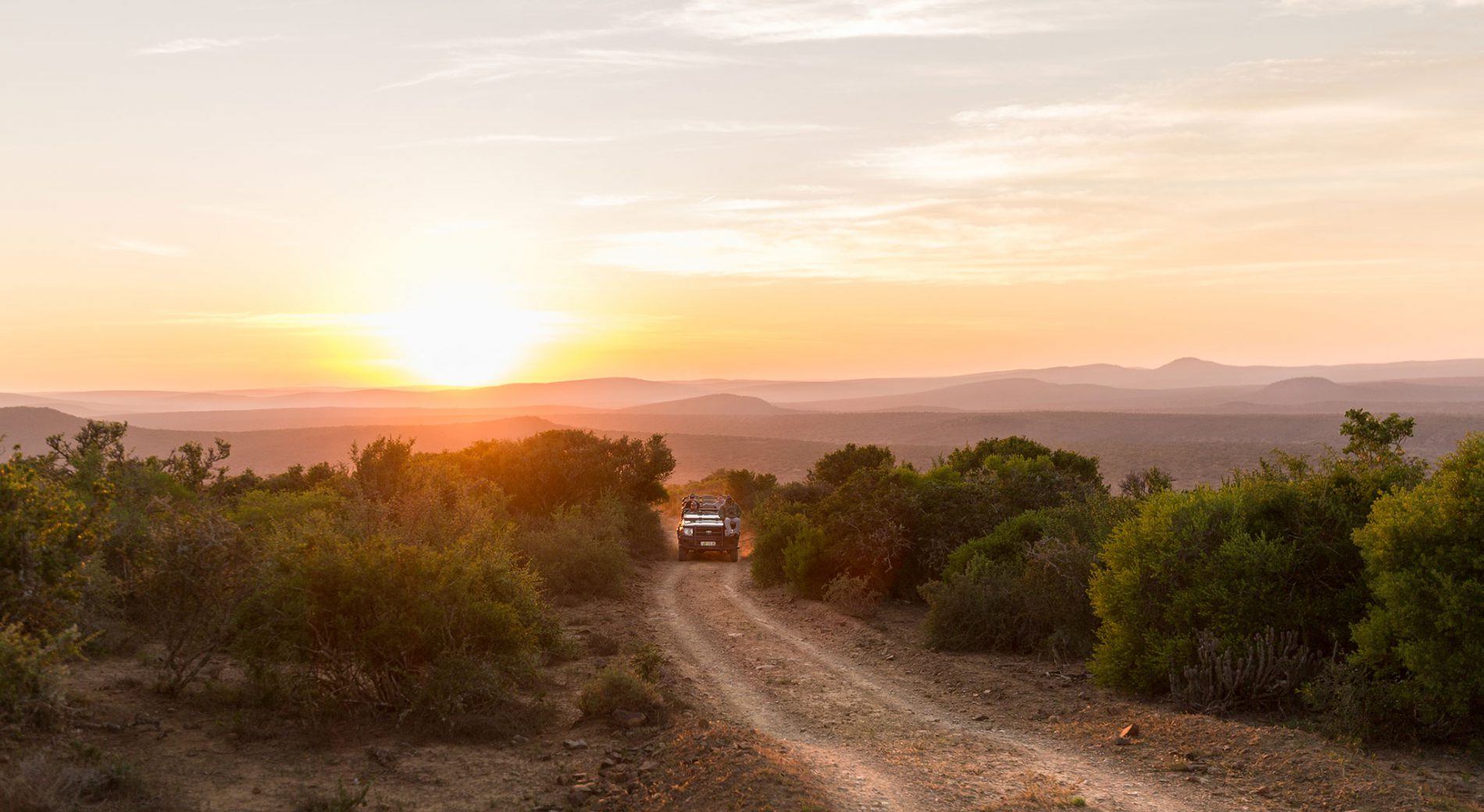Kwandwe Private Game Reserve is using today's technology to fight rhino poaching. We take a closer look at how this is giving them an advantage and empowers staff to protect our endangered rhino species. From AI machine learning to drones, here are some ways they've embraced technology in the fight against poaching.

The fight against rhino poaching is not a new one, but we do have new technology to help us
Shifting Strategies
In the mid to early 2000s, southern Africa and South Africa, in particular, faced a rhino poaching crisis, the scale of which had never been seen before in the region. Countless rhinos were being poached on an almost daily basis, devastating the population of the species.
As anti-poaching measures strengthened in key areas like the Greater Kruger and KwaZulu-Natal, poaching syndicates shifted their focus to less protected regions, where fewer resources made it a more vulnerable target. This put reserves with substantial rhino populations, especially in these under-resourced areas, squarely in the crosshairs.

Kwandwe Private Game Reserve is a conservation success story
Promising Results
Despite facing some of the most challenging poaching conditions in South Africa, Kwandwe's unwavering commitment to anti-poaching, coupled with dedicated individuals and innovative technology, has led to a significant impact on the rhino poaching crisis.
As a result, Kwandwe has become a pioneer in rhino monitoring and anti-poaching, leading the way with innovative strategies. Their success has not only benefited their own reserve but has also had a transformative impact on the Eastern Cape region and further abroad, as they share their knowledge and advancements to combat poaching.
Kwandwe's Anti-poaching Strategy
How did Kwandwe combat the rhino poaching crisis? In the early 2000s, they implemented a comprehensive anti-poaching strategy to protect both rhino species on the reserve. This was a challenging and daunting task that Kwandwe approached with a multifaceted solution, including deploying dedicated anti-poaching units.
Fast forward two decades, and a new approach has been pioneered and implemented with remarkable results. The use of solar-powered Rouxcel Technology foot collars, capable of tracking rhino movements and behaviours, has revolutionised the approach to anti-poaching.

Discover the conservation success stories of Kwandwe, Image Credit: Kwandwe Private Game Reserve
The Rise of AI
By collecting live data and employing AI machine learning, rhino behaviour can now be mapped and analysed with unprecedented accuracy. These tracking devices provide insights into individual rhinos' movements, enabling monitors to identify signs of distress, injury, threats, or interactions with other species.
This not only aids in monitoring rhinos and assessing their poaching risk but also sheds new light on population dynamics and mating behaviours, particularly for black rhinos.
How Does This Technology Work?
By analysing extensive behavioural data from multiple rhinos and using AI machine learning, the collars establish a baseline for normal rhino behaviour. This algorithm processes vast amounts of data, providing valuable insights in real time.
When a rhino exhibits signs of distress or threat, key markers trigger immediate alerts to monitors. Based on these alerts, counter-poaching units and ecological monitors can deploy thermal imaging drones for optimised responses, minimal manpower and maximum visibility while minimising animal disturbance.

The fight against rhino poaching is a bit easier with the help of technology
Holistic Approach
The thermal imaging drones, combined with tracking data, enable on-the-ground assessments and informed decisions. Furthermore, solar-powered ankle collars offer additional benefits, not only for research and behavioural understanding but also for animal health. Their solar power extends their lifespan, reducing the need for immobilisation and enhancing rhino well-being.
Conservation in an Era of Artificial Intelligence
Kwandwe's embrace of technology demonstrates how advancements like AI can be harnessed to serve critical causes like conservation. While AI-driven robots may once have seemed incompatible with the natural world, Kwandwe has proven that this narrative is not only false, but the exact opposite is, in fact true.

Kwanwde works hard to ensure a better future for our rhino species
Let's Start Planning Your Conservation Safari
Contact our Rhino Africa Travel Experts to start planning your conservation safari. Everything we do is centred around protecting our precious wildlife. And by travelling with us, you leave a lasting legacy on our continent. We can't wait to welcome you to our wondrous world!

